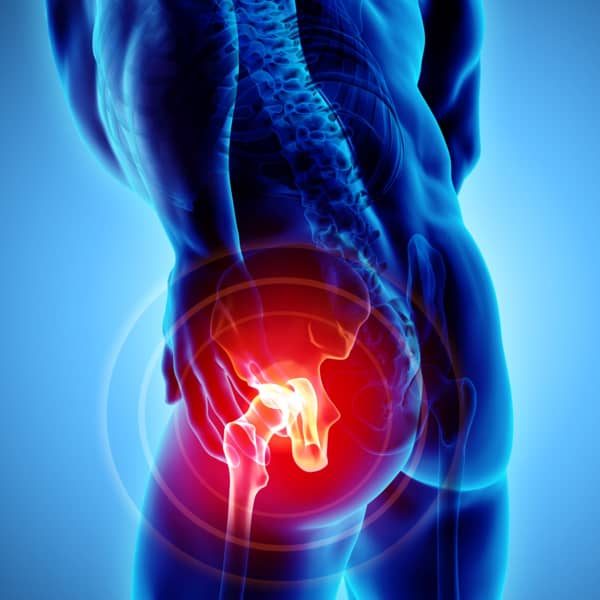The hip joint is designed to withstand repeated motion and a fair amount of wear and tear. This ball-and-socket joint — the body’s largest — fits together in a way that allows for fluid movement.
Whenever you use the hip (for example, by going for a run), a cushion of cartilage helps prevent friction as the hip bone moves in its socket.
Despite its durability, the hip joint isn’t indestructible. With age and use, the cartilage can wear down or become damaged. Muscles and tendons in the hip can get overused. The hip bone itself can be fractured during a fall or other injury. Any of these conditions can lead to hip pain.
If your hips are sore, here is a rundown of what might be causing your discomfort and how to get hip pain relief.


